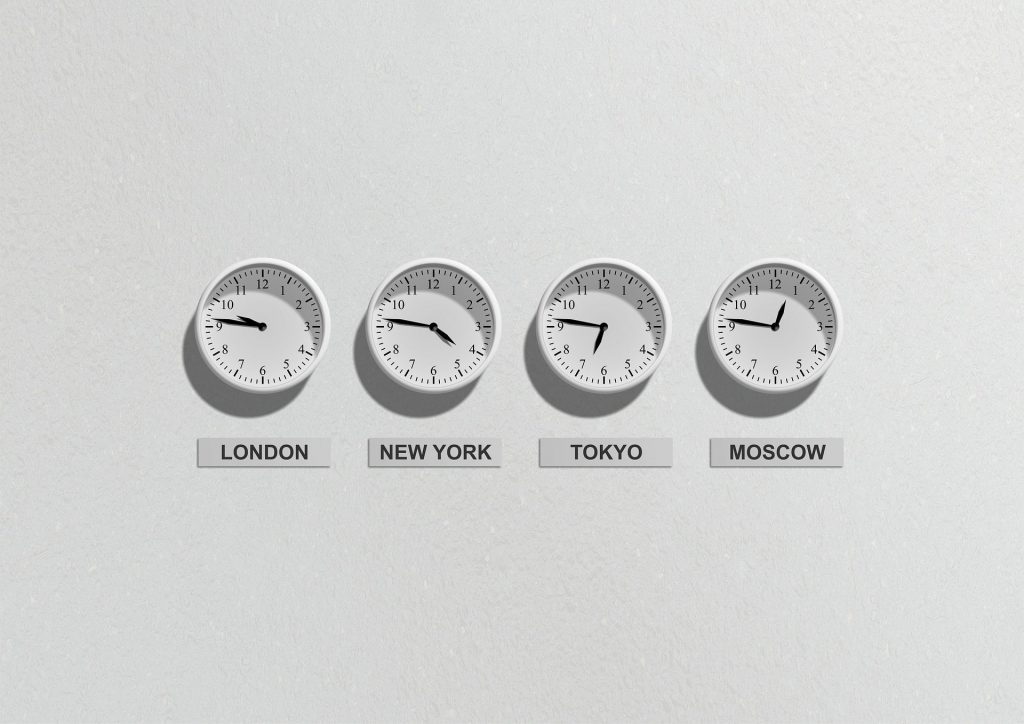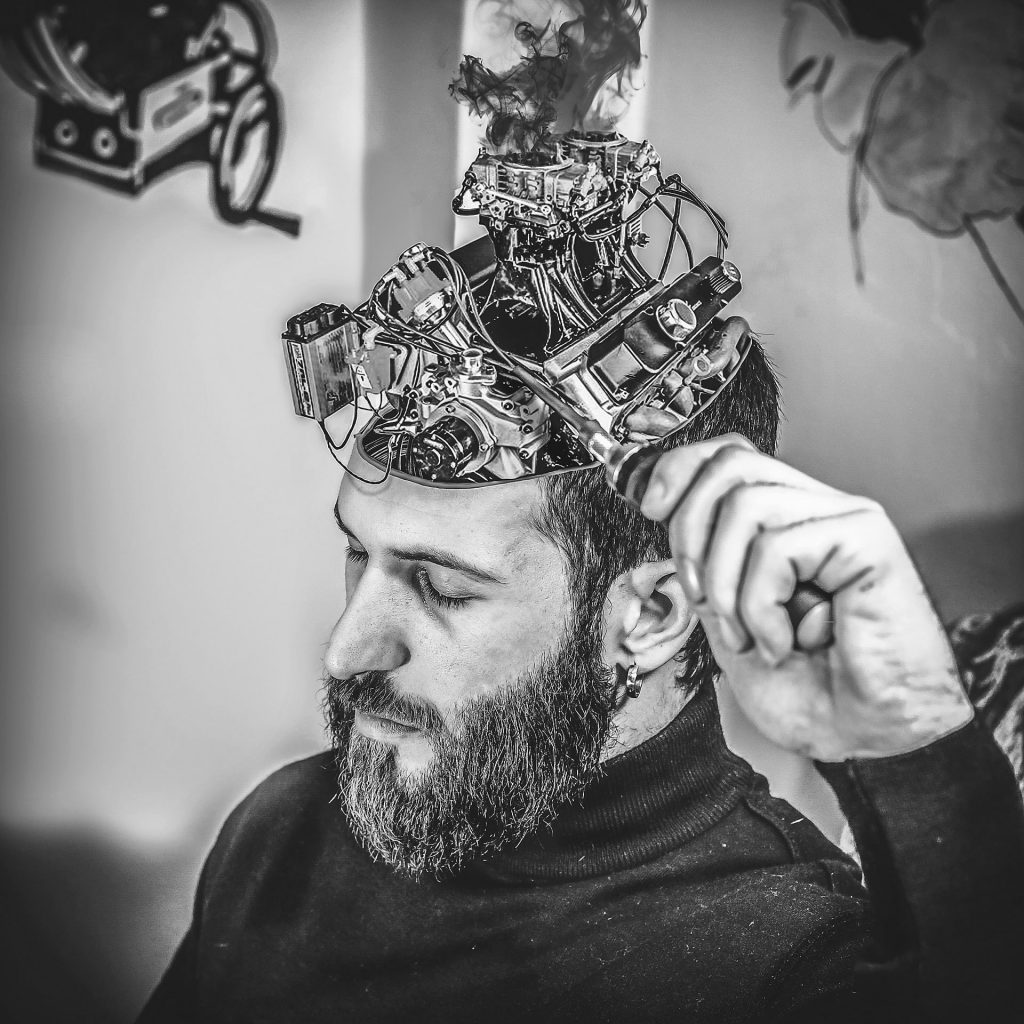When you start a new diet you’ve got a lot to work out. It’s hard. Your body and brain struggle to incorporate change, and the newness of the approach introduces uncertainty and can lead to flail. You’ve got to make loads of decisions all while maintaining control and willpower is critical. You’ve got to figure out:
- What to eat — What types of food are allowed? What macronutrients are you shooting for (e.g. grams of protein, carbs, fat)?
- When to eat — Are you trying to eat at certain times? Not at other times?
- How much to eat — If you eat a lot of food at one meal, how does that impact future meals?
- When to workout — Oh right, your diet probably has a workout attached to it. So you gotta figure out when you can get to the gym—and then what exercises to do, how often, and how heavy.
It’s no wonder diets are so groan-inducing.
It’s also no wonder you see a growing number of “simple” diet approaches like the “Carnivore Diet,” which limits your choices so severely that you don’t have to think: just don’t eat anything but meat. 🍳🥩🍖🥓🍗
The Leangains Method is not a simple diet. And that’s a good thing.
In contrast to these singular approaches to diet, the just-released Leangains Method (reviewed, results) is not a simple diet. And that’s a good thing. Leangains gives you context within which you must deploy effective diet tactics. Leangains is structured where it counts yet flexible when it comes to your choices within those parameters.
It’s this structured flexibility that helps you adjust the program to fit for your particular needs, helping you to navigate the complexity of a new diet and improve your compliance.
What are the core “rules” of Leangains?
- Make protein 50+% of your caloric intake.
- Reduce your caloric intake below maintenance per the book’s calculations (Manage daily by counting calories).
- Lift heavy weights 3x/week.
As you can see, Leangains is a “high-protein diet” mixed with weight-training. It can also incorporate 16:8 intermittent fasting. (After all, Martin Berkhan kicked off the whole 16:8 thing over a decade ago.) While 16:8 intermittent fasting (“IF”) is not required per the book, in my experience and by Martin’s own style of Leangains, fasting is too powerful a skill to discard lightly, even if the jury is out on it’s efficacy when it comes to weight loss.
If you’re looking for where to find discussion of 16:8 in The Leangains Method, you’ll find it in the Chapter titled Leangains 2.0.
So what’s so great about intermittent fasting? Fasting works on both the physiological and psychological levels to re-train your body and your brain.
NOTE: if you don’t have the book yet, bookmark this post and go get The Leangains Method. Come back here once you a) have the book, b) have read it.
The Intermittent Fasting Basics
For old timers like me, intermittent fasting and Leangains go hand-in-hand. Surprisingly, intermittent fasting is not required on Leangains Method. That’s because IF, while helpful, is just a tactic. It may not help everyone. And importantly, IF does not magically make you lose more weight through some metabolic advantage. It’s not a “shortcut” to weight loss no matter what fly-by-night guru tells you.
But that doesn’t mean IF isn’t valuable. For me—and for Martin—it’s a powerful strategy for success.
Why? Let’s cover some basics.
The (Very) Basics of Intermittent Fasting

What is Intermittent Fasting?
Intermittent fasting is when you go without eating food for a longer period of time. Let’s say at least 12 hours without significant caloric load, but can mean going as long as 24, 30, 36, and 48 hours, or more, without eating.
Much has been written about intermittent fasting. Much of it is speculation. Some of it is backed by research. I’m going to do my best to not add to the speculation, but you can broadly break down IF into two effects—the effects on your physiology (your body, hormones, etc.), and psychology (your brain).
On a physiological level, much of what is going on is at the level of hormones—certain “fat-burning” hormones get up-regulated, for example.
We are quick to get excited about the physiological effects of fasting but remember: this is precisely what you’d expect to happen as your body slides out of being “fed” and into having to utilize stored energy (fat, glycogen, lean tissue) for energy. Perhaps like you, I nerd out on reading about these biological processes.
Plus, they make for a nice narrative around IF. You get to tell unwilling bystanders about why you aren’t eating, how it’s natural to be fasted, and that life couldn’t survive but for evolving to survive scarcity—times of famine.
But going deep on these processes can be a distraction, and ultimately, it’s what fasting does to your brain that gets me most excited.
It’s on the psychological level where intermittent fasting really takes the stage.
Let’s look at just how it works.
3 Psychological Benefits of Intermittent Fasting

1. With Intermittent Fasting, Eating Becomes a Reward
If you’re running on an empty stomach throughout a chunk of your day, when you break the fast, that turns into a psychological (and, of course, physiological) reward. Whatever you do before you break the fast gets reinforced by delicious food.
No one ever talks about this, but for me, it’s one of the most obvious reasons intermittent fasting is helpful.
I stay focused and try to get to a stopping point before I break my fast because I know that once I become “fed,” my mental clarity will drop. Studies have even highlighted how alertness improves while fasted (Via @martinberkhan, of course).
Lunch becomes a reward for the hard work I put in during my morning hours.
And on those days when I lift weights having fasted for 16 hours or more^, breaking the fast with a big meal after my workout becomes a Pavlovian reward for having pushed my body to its physical limit.
(There may even be are some hormonal signaling benefits here, too, though they are, to my lay knowledge, unproven.)
^ Though technically not fasted immediately before as I take BCAAs immediately pre-workout per Martin’s recommendation for setting up 16:8 Leangains with your weight training.
2. Fasting Helps You Reprogram Your Brain
When you make a conscious effort to not eat at certain times of the day, particularly when others around you are tackling those donuts and bagels brought in by kind co-workers, you begin to decondition habits you’ve built up over a lifetime. You undo Pavlovian responses.
(You can go deep on deconditioning by checking out Todd Becker’s tagged blog posts on deconditioning at GettingStronger, which is a blog about improving your health through hormesis.)
Over time, intermittent fasting can mean you’re able to walk by the free donuts and not think twice about it.
And you don’t have to fast forever. Remember: it’s just a means to an end. I still have the occasional donut if I’m so inclined—usually with my kids. And I still eat breakfast from time to time (Again, usually with my family).
Since you’re starting a new diet with Leangains, fasting can give you some time to figure out how to make the diet work—e.g. what to eat when you do get to eat. The conditioning and association (Pavlovian) aspect can also be helpful as you’ll be breaking your fast with high-protein meals, making those meals more satisfying and satiable.
In other words, you might find it easier to comply with the high-protein requirements of Leangains because you’re fasting.
3. Fasting Reduces Your Cognitive Load for Making Decisions
When you’re cutting calories, not eating is easier than eating a little less at every meal. Decisions are hard. Willpower is fleeting.
However, if you’ve made the decision in advance not to eat during certain times of the day, well, you don’t have to think about whether or not to eat those donuts. The decision has already been made, which is to say there’s no decision to make. It’s like chunking for your “to eat or not” decision. You’ll be less distracted. You won’t have to use your willpower.
Your brain will thank you.
And no, fasting—or lifting heavy weights for a few sets per Leangains RPT—is not going to waste your muscle. But the key is to keep your fasts a reasonable length (16-20 hours is totally reasonable). See Berkhan’s Top 10 Intermittent Fasting Myths Debunked.
Getting Started With 16:8 Fasting on Leangains Method
Now you’re sold on wanting to incorporate intermittent fasting into Leangains, you might be thinking: “Okay, but how long should I fast? If 16 hours is good, is 24 better? What about 30+?”
Too Much of a Good Thing — What About Longer Fasts?
Back in the old days before I did Leangains, I cut my teeth fasting for about 30 hours at a stretch—from my last meal at lunch until dinner the next day. This was shockingly easy: I lost a lot of weight doing 30 hour fasts and was excited about it.
But before you go running off to do long fasts, let’s tap the brakes.
Despite initial success with long fasts, I also flatlined for a couple years. I doubled down and tried to fast even longer upping fasts to 45 hours at a stretch, once a week. While I ended up learning a lot about water weight and carbs, I also yo-yo’ed horribly. Not to mention going nearly two days without eating is both strange, badly alienating from a social standpoint, and phsyically uncomfortable.
Practice the kinds of behaviors that are sustainable long-term. Long intermittent fasts are not that.
Yes, intermittent fasting should be a tool in your diet/lifestyle toolbox. It should be a means to an end. Adopting longer fasts—anywhere from 24-30 or even 45 hour fasts—might sound like a faster way to get the job done. Except I’ve done it and it’s not. Your body is a complex system. How you eat is complex in turn. Complex systems resist change. As John Gall shares, “the system kicks back.” If you start doing long fasts, you can expect the system to kick back.
Look at every action you take as practice. Your behaviors day in and day out are practice. Practice the kinds of behaviors that are sustainable long-term. Long intermittent fasts are not that. Worse, what they can teach you is that you can overeat and then just use IF to offset your excesses. This is the worst of both worlds: it rewards your lack of self-control when it comes to your eating while making you suffer through not eating for long periods of time.
Just don’t do it. Rather, adopt a repeatable, sustainable approach: 16:8 intermittent fasting. Remember, once I started doing Leangains, my personal fails and flails stopped and I achieved unprecedented results.
What is 16:8 Intermittent Fasting?
It’s when you fast (a.k.a. don’t eat any food/calories) for 16 hours and then have an 8 hour eating window—every single day. My preferred 16:8 setup is 1pm lunch to late night snack sometime between 9 and 10pm.
The benefit of 16:8 intermittent fasting is clarity of mind and the ease at which I can just not eat until the middle of the day. I usually wake up around 6AM (kids!) and won’t eat until noon, 1pm, or even later, depending on the day. There’s not a wrong way to do it, really. In fact, I try not to be too rigid about the eating window being 8 hours. If it’s 9 hours: Fine. If it’s 6 hours: No big deal. One day it’s 12 hours? Good.
16:8 is a Natural, Easy-to-Adopt Approach to IF
Skipping breakfast is very easy to do once you’ve tried a few times. If you’re an adult, you’re almost always on the go in the morning. The “breakfast is the most important meal of the day” is a myth pushed to sell cereal. Your body will be fine without breakfast.
It’s also more satisfying to eat bigger and more satiating to fill your tummy, when you eat fewer, larger meals—something The Leangains Method advocates and 16:8 intermittent fasting facilitates.
Meanwhile, once you begin practicing 16:8, you’ll have to worry less about your meals and what to eat while on the Leangains diet. This is because a larger meal is going to be more flexible in terms of total calories. It’s also more satisfying to eat bigger and more satiating to fill your tummy, when you eat fewer, larger meals—something The Leangains Method advocates and 16:8 intermittent fasting facilitates.
How to Get Started With 16:8 Fasting? Don’t eat!
Figure out what time of day will work best for you to skip meals. For most, that will likely be from late night until mid-day, but there are many options. Once you’ve picked a period of time to fast, just don’t eat during that time. Don’t worry about drinking coffee or diet soda. Even a splash of cream is fine (just keep it reasonable—like a teaspoon or two, though more won’t break your fast per se, it all goes to your caloric intake).
(Caffeine can be very helpful while fasting and is pointed out in The Leangains Method as way to help keep your metabolism humming.)
Then, break your fast at the time you’re ready. Again, try to place this time after something significant gets done—perhaps some broad arc of work and, if your schedule can swing it, after you workout. This is the preferred approach for me when it comes to 16:8 and The Leangains Method.
» 16:8 and The Leangains Method 💪
Speaking of Leangains, you’ll find Martin Berkhan’s take on 16:8 in the Chapter titled “Leangains 2.0.” Berkhan covers the different “protocols” (What he calls the “Noon,” “Evening,” and “Morning” Protocols) in a supplemental chapter to The Leangains Method. In short, each of these protocols differs in where you put the bulk of your caloric intake relative to when you workout. To me, it’s a little confusing, but as I’ve practiced it and understand it, here are a few options:
-
- Fast beginning at 8-10pm until 12-2pm. Workout fasted around noon. Break your fast with a big meal after you workout. 👈 This is my preferred implementation of 16:8. (It’s the “Morning” protocol, if I understand TLM’s protocol definitions. And fasted here means after taking in amino acids immediately pre-workout.)
- Fast beginning at 8-10pm until 12-2pm. Eat a small-ish lunch (when you “break fast”). Workout after lunch, before dinner. This is the “Noon protocol” in the book. I’ve only rarely done this approach, but it allows some helpful flexibility if you’re accustomed to doing the “Morning Protocol” and working out fasted.
- Fast beginning at 8-10pm until 12-2pm. Eat a small-ish lunch and dinner. Workout after dinner, before a late-night large meal. I’ve pretty much never done this approach a.k.a. the “Evening Protocol” in the book.
With 16:8 Fasting, Don’t Break Your Fast at Breakfast
In every option mentioned above, you don’t see “break your fast at breakfast and end it after lunch.” This is because this approach to 16:8 is arguably the hardest to do. Having a bulk of your waking hours spent after coming off of eating is psychologically challenging. On the flip-side, when you’ve already been asleep for hours, you’re already in a fasted state—and it didn’t take any thinking about food to get there.
You just wake up and you’re good to go. Try it.

Don’t Miss the Big Picture
Do not obsess over 16:8 intermittent fasting on Leangains. If it helps you, great. If you find it unhelpful, set it aside. If you’re doing Leangains, know that you’ll be intermittent fasting in good company.
Fasting or not, if you’re doing Leangains, the next critical skill you’ll want to learn is how to eat high-protein at 50+% of your caloric intake. I’ll do my best to help there, too, but it’ll have to wait until next time.
Questions or comments, find me @justinowings or comment below.

